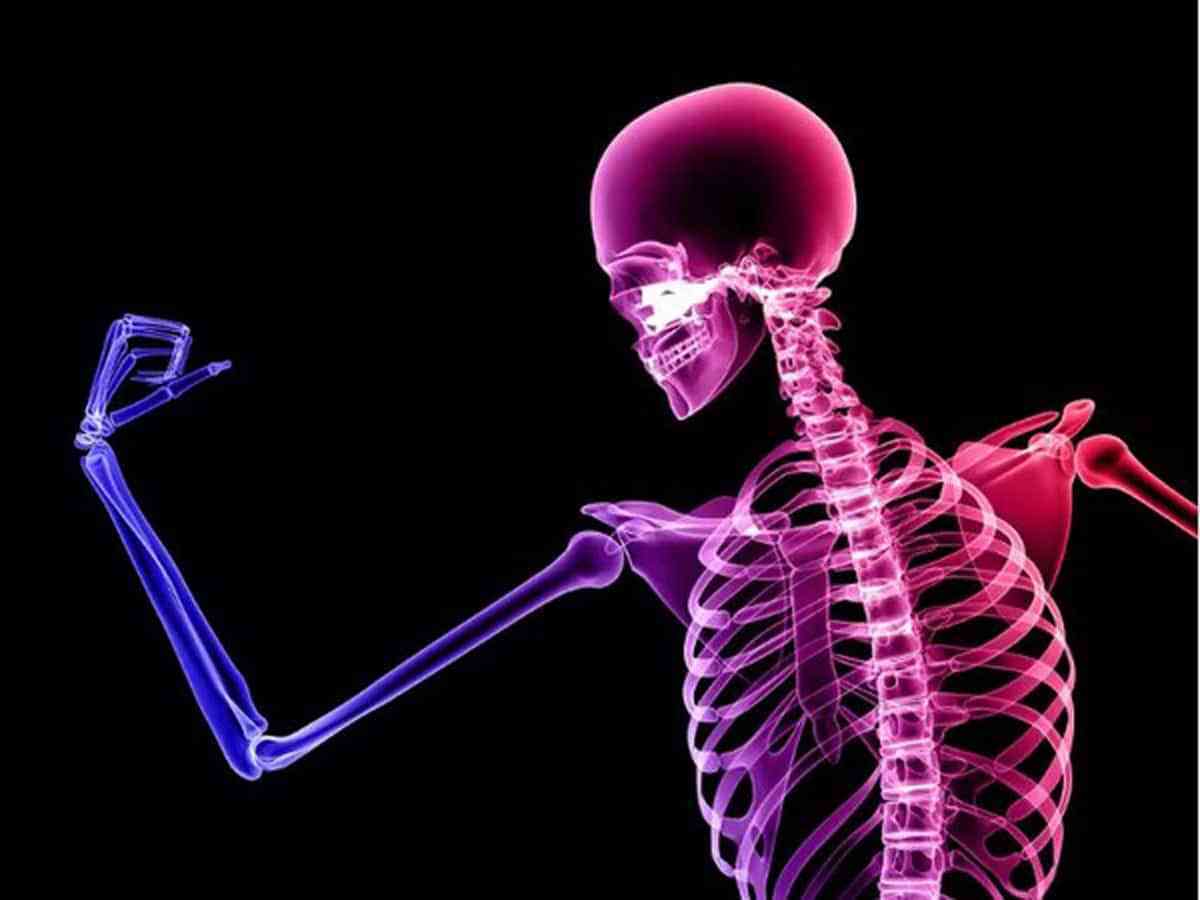
Optimal Exercise Prescription for Osteoporosis
A recent review investigated the published evidence surrounding different forms of exercise on bone health. Here is a brief summary.
Walking and others forms of aerobic exercise
Therefore, despite the benefits of walking on aerobic fitness, body composition and cardiometabolic health, the current evidence does not support walking as a single intervention for the prevention of osteoporosis, falls or fractures.
Progressive resistance training
PRT is the most effective strategy to improve various non-skeletal risk fac-tors for fracture, particularly skeletal muscle mass, size and strength, and thus should form the basis of any exercise programs designed to reduce fracture risk.
High-velocity power training
this type of training has also been shown to be more effective than traditional PRT for improving functional performance (chair rising time and stair climbing ability) in older adults,58 which is important for falls and subsequent fracture prevention.
Weight-bearing impact exercise
Despite the potential benefits of weight-bearing activities on bone, additional studies are needed to determine the safety, efficacy and feasibility of this mode of training for postmenopausal and older women at varying levels of fracture risk, and whether there is a dose-response relationship.
Daly RM et al. Braz J Phys Ther. 2018.